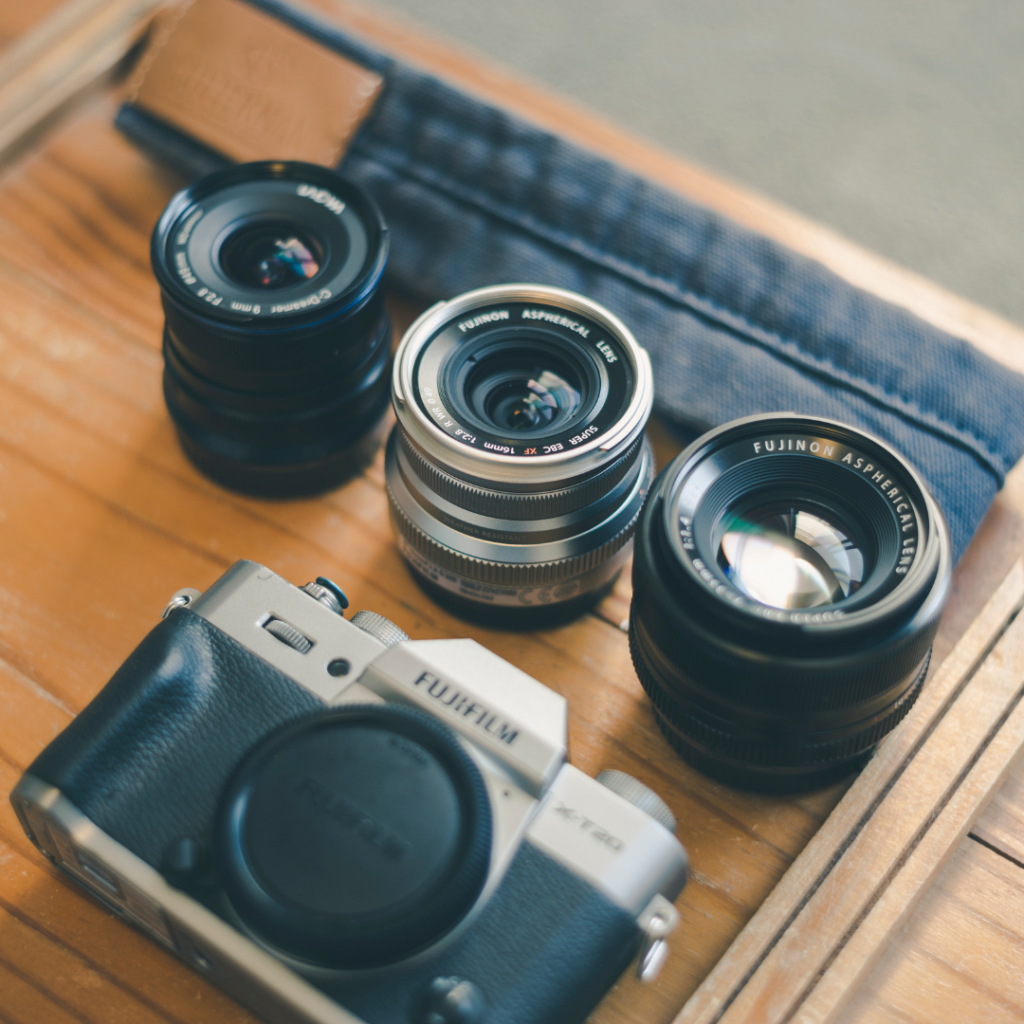
5 Camera Gear Mistakes You Don’t Want to Make
Photo and video capturing are becoming increasingly popular. There’s a lot of equipment out there that can capture amazing images and videos.
But with so much choice, it’s easy to get caught up in the excitement of buying new gear and make some common mistakes. Below, we’ll outline five of the most common camera gear mistakes, and tell you how to avoid them.
1. Not Buying a Quality Camera
One of the biggest camera gear mistakes you don’t want to make is not buying a quality camera. A good quality camera will give you sharper images and better performance. A quality camera also has the latest technology, providing you with the best image quality, especially in terms of resolution and dynamic range. This can result in sharper and more detailed images with better color accuracy which is handy when it comes to aerial drone photography for instance.
On the other hand, an inexpensive camera might be faster in some cases. Keep in mind though that it will not take the same quality images as a more expensive camera. Taking shortcuts with these can lead to blurry images, lack of sharpness, and lack of accurate color.
As a photographer, you want to be sure you are investing in the right camera gear. This is so that you can get the most out of your photos and create a portfolio of quality images.
2. Not Using a Tripod
There are many reasons why photographers might not use a tripod. Some photographers feel that they produce better photographs if they don’t use a tripod.
Others believe that their camera’s autofocus system is more accurate when handheld. However, there are many disadvantages to not using a tripod.
One of the most common drawbacks is that your photos will likely be blurry. When you take a photo with a handheld camera, your hands are moving and the camera is moving as well.
This motion causes the shutter to open and close more times than it would if you were taking the photo with a tripod. This causes vibrations in the image that lead to blurry photos.
Additionally, if you’re taking photos of something that’s moving quickly, using a tripod will help reduce the chance of blur. This is because it will stabilize your camera and lens. If you’re not using a tripod, be sure to use a shutter speed that’s fast enough to avoid blur.
3. Shooting in Low Light Conditions
There is no doubt that shooting in low-light conditions can be a challenge. Your images are likely to be less sharp. You will also run the risk of creating extreme noise levels or washed-out colors.
Despite the challenges, there are still ways to shoot well in low-light conditions. To start, remember that not all lighting is equal. Many of the problems you’ll encounter when shooting in low light come from using artificial lighting instead of natural light.
This means that you need to pay close attention to your settings and tripod choice. This is if you want to avoid producing grainy images or blowing out highlights.
Another key factor when shooting in low light is taking advantage of available light as much as possible. If you can find a source of sunlight or another bright source of light nearby, use it. This will help boost your exposure and improve your results.
And finally, don’t forget about noise reduction! By smoothing out image noise levels, you can often make weak lighting look acceptable. You can do this while still retaining detail.
4. Using the Wrong Lens
Lens selection can greatly affect the outcome of your photos. So it is important to always start with the right one.
Different focal lengths can make your images appear more compressed or wide. The wrong lens can also make your subject appear further or closer than it is.
Furthermore, even the lens aperture plays an important part in how your photos will turn out. Particularly with wide-angle lenses, if you select too small of an aperture, you can end up with unnecessary distortion.
So, with all that in mind, it’s critical to pick the best lens for the job at hand. Spend some time getting familiar with each lens and its capabilities. By doing so, you can avoid this common mistake.
5. Shooting Without Practice
You can avoid common photography mistakes if you take the time to practice. There are some things to keep in mind when doing so.
First is to get used to holding your camera correctly. When you first start using your camera, it can be difficult to stabilize it and focus on the subject.
Make sure to get used to holding your camera with both hands. Practice shooting in different positions so that you become comfortable with how it feels.
Also, don’t rely on autofocus too much. Autofocus may work well in some situations, but it’s not always reliable. If you want to take your photography skills up a notch, learn how to use manual focus and aperture settings effectively.
When practicing, use a flash sparingly unless necessary. A lot of people mistakenly think that using a flash will produce better photographs, when in fact this is usually not the case.
Flash photography can produce harsh shadows and highlights that ruin an image. Try to avoid relying on it as much as possible unless you have no other choice. One example is when taking pictures of people.


